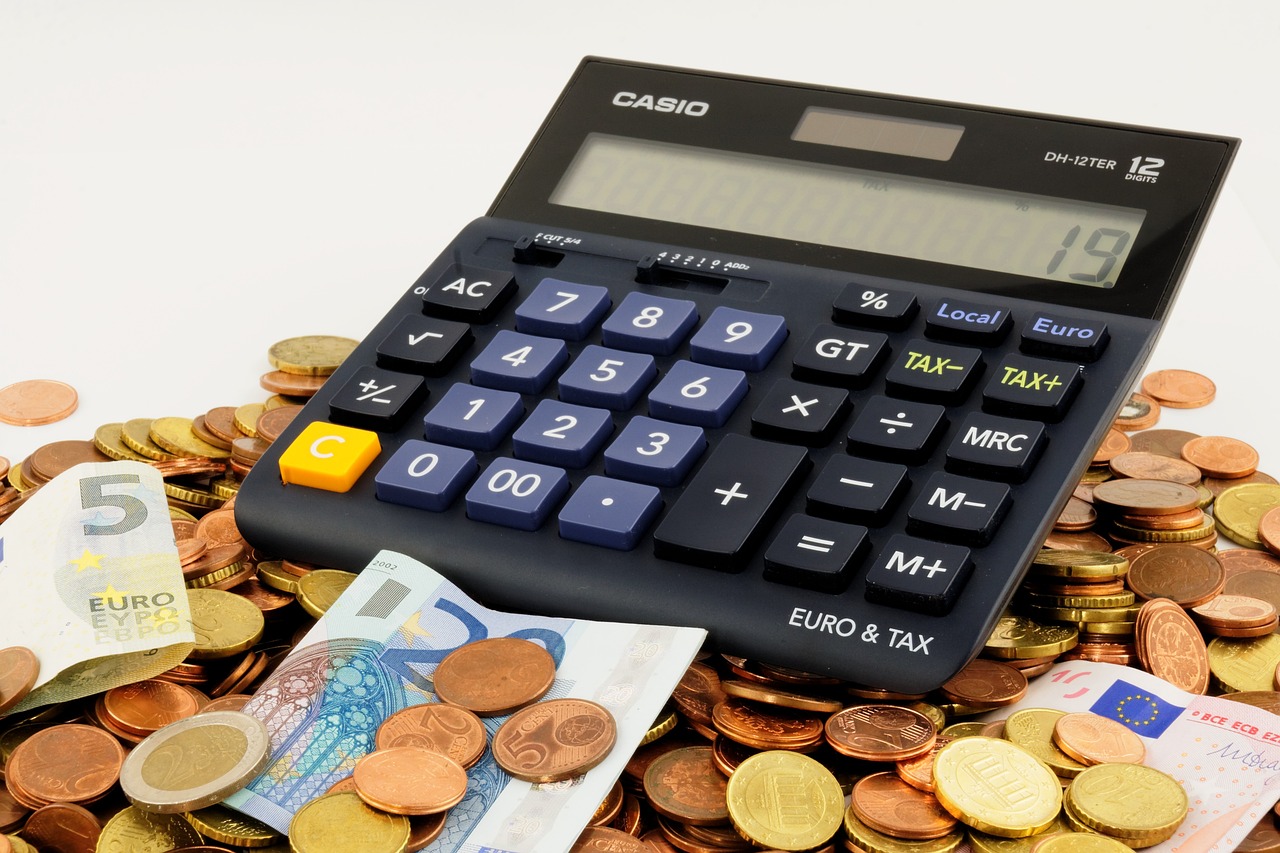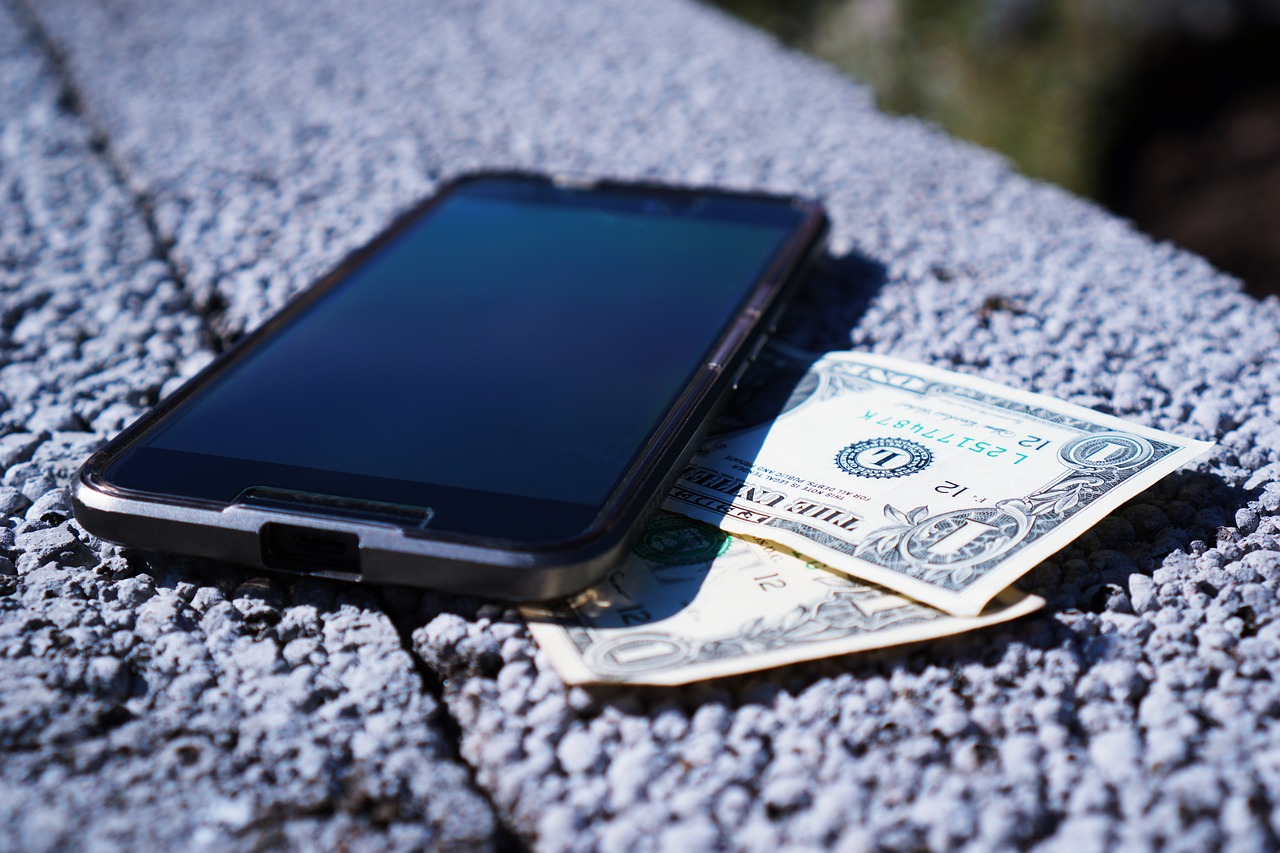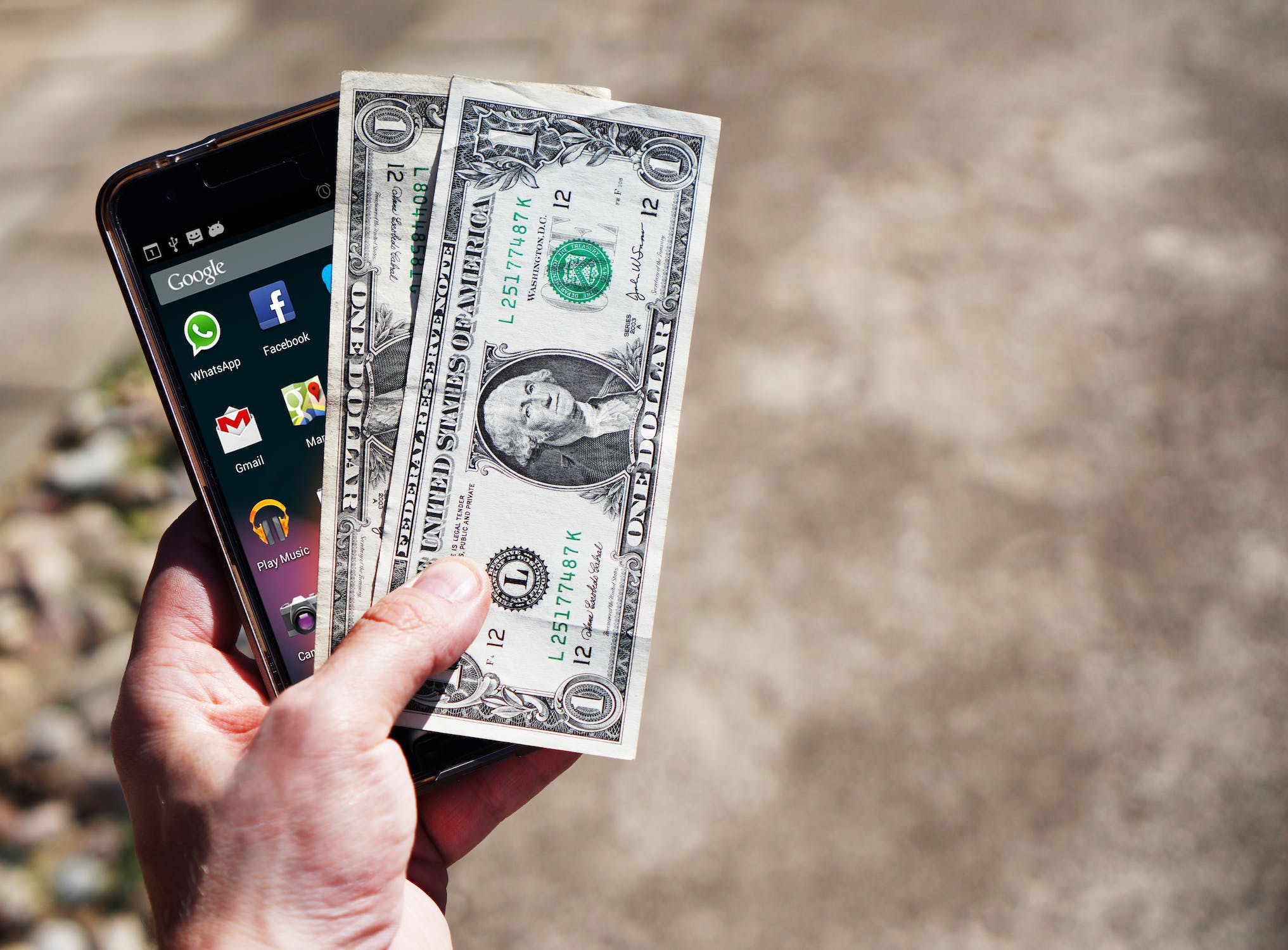USD to AED Exchange Rate: History, Policy Impact, and Key Influencing Factors
GPT_Global - 2025-10-21 11:30:38.0 10
Is the USD to AED exchange rate fixed or floating?
The exchange rate between the United States Dollar (USD) and the United Arab Emirates Dirham (AED) is a key factor for businesses and individuals involved in international remittance. Understanding whether this rate is fixed or floating is essential for managing currency conversions effectively.
Unlike many currencies, the USD to AED exchange rate is pegged, meaning it is fixed by the UAE government. The UAE Central Bank maintains this peg, with the rate generally set at around 3.6725 AED for 1 USD. This fixed rate provides stability, making it a predictable choice for remittance transactions between the US and UAE.
The benefit of a pegged exchange rate is its reliability, as it eliminates the volatility seen in floating currencies. Remittance services can offer customers better predictability in terms of how much the recipient will receive, enhancing customer satisfaction. For businesses, it also allows for easier financial planning and cost forecasting.
In conclusion, the USD to AED exchange rate is fixed, providing consistency and minimizing risks for remittance services and customers involved in cross-border money transfers. Understanding this stability is key for anyone looking to transfer funds between the US and the UAE.

What is the historical exchange rate between 1 USD and 1 AED?
The exchange rate between 1 USD (United States Dollar) and 1 AED (United Arab Emirates Dirham) has remained relatively stable over the years, making it one of the most predictable currency pairs in the foreign exchange market. Historically, 1 USD has been pegged at around 3.67 AED since the late 1990s, when the UAE Central Bank officially fixed the Dirham to the U.S. Dollar to ensure economic stability and encourage foreign trade and investment.
This long-term stability has made the USD to AED exchange rate a reliable benchmark for businesses and individuals involved in international remittances. For expatriates working in the UAE, understanding this historical rate is essential when sending money home. The consistent value of the Dirham against the Dollar means that remitters can plan their transfers with confidence, without worrying about sudden currency fluctuations.
For remittance companies, this predictable exchange rate supports competitive pricing, transparent fees, and faster processing. Whether you are sending funds to support family or paying for international expenses, knowing the historical exchange rate between USD and AED helps you make informed financial decisions and ensures you get the best value for every transfer.
Can I get a better exchange rate for 1 dollar in rural UAE compared to big cities?
When sending money abroad, one of the most important factors to consider is the exchange rate. If you're planning to send money from the UAE, you may wonder whether rural areas offer better exchange rates for 1 dollar compared to the larger cities. The short answer is no—exchange rates tend to be more consistent across the UAE, but there are still some differences to consider.
In big cities like Dubai and Abu Dhabi, the remittance market is highly competitive, which can lead to slightly more favorable rates in certain cases. Exchange services in these urban hubs tend to offer promotions or loyalty programs to attract customers. On the other hand, rural areas may not have the same competition, and rates could be less competitive due to fewer options for remittance.
It's always a good idea to compare exchange rates online or at different remittance centers before making a transfer. Additionally, consider fees and transfer speed, as these can impact the total cost of sending money. Ultimately, while the difference in exchange rates may be small, it's worth shopping around to ensure you're getting the best deal.
What is the effect of the US Federal Reserve’s policies on the value of 1 US dollar in UAE dirhams?
The US Federal Reserve’s monetary policies play a major role in determining the value of the US dollar (USD) against global currencies, including the UAE dirham (AED). Since the dirham is pegged to the dollar at a fixed rate of approximately 3.67 AED per USD, any change in the Fed’s interest rate policies can influence exchange rate stability, remittance costs, and economic confidence.
When the Federal Reserve raises interest rates, the USD tends to strengthen globally. This means remitters sending money from the UAE to countries like India, the Philippines, or Pakistan get more value when converting dirhams into local currencies. Conversely, when the Fed lowers rates, the dollar may weaken, slightly affecting remittance rates and purchasing power abroad.
For remittance businesses, understanding the Fed’s decisions is crucial. A stronger dollar can boost transfer volumes as overseas workers take advantage of favorable exchange conditions. Staying informed about US monetary policy helps remitters plan better and ensures competitive rates for international money transfers. By tracking the Federal Reserve’s policies, both senders and remittance providers can make smarter, timely financial decisions.
Do UAE airports offer good exchange rates for 1 USD to AED?
When traveling to the UAE, many visitors wonder if exchanging money at the airport gives the best value. UAE airports, including Dubai International Airport and Abu Dhabi International Airport, offer convenient currency exchange services. However, the exchange rates for 1 USD to AED at airports are typically less favorable compared to rates offered by specialized remittance centers or online money transfer services.
Airport exchange counters often include hidden fees or lower conversion rates to cover high operational costs. For those looking to maximize their remittance value, it is advisable to compare live rates from trusted remittance businesses before traveling. Using licensed online money transfer platforms can help you secure better rates, transparent fees, and faster transactions.
In summary, while UAE airports provide convenience for exchanging USD to AED, the rates are generally not the best option for remittance purposes. For smarter money transfers, always check trusted remittance providers to ensure you receive the most competitive exchange rate for every dollar you send.
Is it more cost-effective to exchange US dollars to dirhams before or after arriving in the UAE?
When traveling to the UAE, one of the most common questions is whether it is more cost-effective to exchange US dollars to dirhams before or after arrival. The answer largely depends on the exchange rates and fees at your local exchange center versus those in the UAE.
Exchanging USD to AED before your trip may offer convenience, but it is often accompanied by higher fees or less favorable rates. Many banks and exchange services charge a premium for international exchanges, which can eat into the total amount you receive.
On the other hand, exchanging currency after you arrive in the UAE may provide a more competitive rate, as currency exchange centers in the UAE are plentiful, and you might find better deals at airports or local exchange offices. However, it's important to be aware of any potential commission or hidden fees that could reduce your savings.
For remittance businesses, a cost-effective strategy is to compare rates online and plan accordingly. If sending money back home, utilizing a service with low fees and favorable exchange rates can help you save on conversion costs.
How do political events in the US impact the exchange rate of 1 USD to AED?
The exchange rate between the US Dollar (USD) and the UAE Dirham (AED) is influenced by a variety of political events that occur in the United States. For businesses involved in remittance, understanding these fluctuations can be essential in optimizing transactions for clients.
Political events such as elections, government policies, and changes in leadership often result in market uncertainty. When investors perceive instability in the US, they may pull investments or shift assets, causing a depreciation of the USD against other currencies, including the AED.
Additionally, political decisions regarding fiscal and monetary policy, such as tax reforms or interest rate changes by the Federal Reserve, can impact inflation expectations and economic growth. These factors lead to a change in the demand for the USD, which directly affects the exchange rate with the AED.
For remittance businesses, these fluctuations in the exchange rate are crucial as they impact the amount of AED sent by individuals transferring money from the US. Being aware of political developments in the US can help businesses predict and manage exchange rate risks, ensuring clients get the best possible value for their money.
About Panda Remit
Panda Remit is committed to providing global users with more convenient, safe, reliable, and affordable online cross-border remittance services。
International remittance services from more than 30 countries/regions around the world are now available: including Japan, Hong Kong, Europe, the United States, Australia, and other markets, and are recognized and trusted by millions of users around the world.
Visit Panda Remit Official Website or Download PandaRemit App, to learn more about remittance info.



